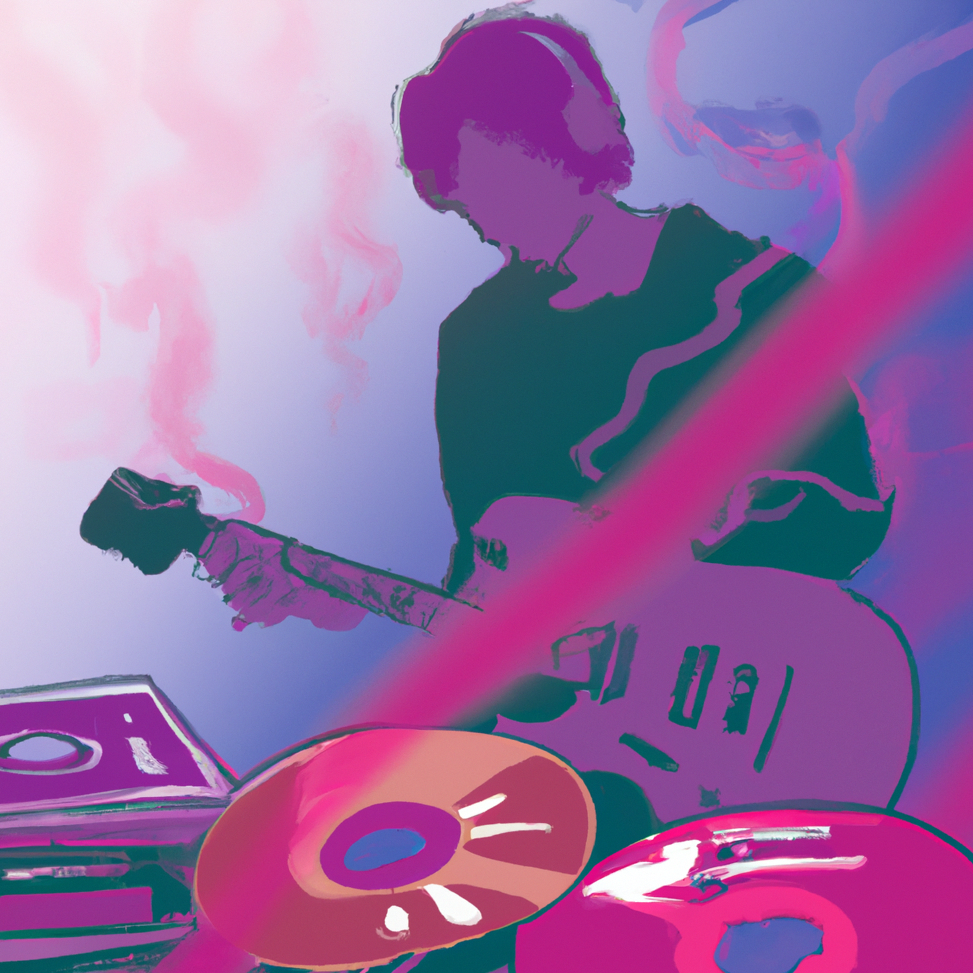Why are songs becoming simpler?
Songs and their lyrics mirror the cultures, societies, and eras during which they are written.
Studies show that song lyrics are becoming increasingly self-focused – which probably lies in the indisputable fact that first-world societies are becoming more and more preoccupied with the self as opposed to the other.
However, research also shows that over the years, there has been a steady simplification of the composition.
How does this reflect on the current generation of music listeners? And what does this say about the future of the music industry?
Billboard Top 10 Facts
A study conducted by MIDiA Research – which analyses the Billboard Top 10 between July 2000 and July 2020 – concluded that:
- Hit songs are increasingly becoming shorter. A 2000 hit song was 4 minutes and 22 seconds long. The average 2020 hit is only 3 minutes and 42 seconds long.
- Hip-hop dominates the charts and accounts for 60% of the Top 10 positions. In 2000, the top 10 charts were dominated by pop, rock and R&B.
- The average number of credited songwriters per song in 2000 was 2.4. Nowadays, it’s roughly 4 songwriters per song.
- In 2020, collaborations and features reigned supreme. 2000 featured no such songs.
Are song lyrics becoming simpler?
The study Why are song lyrics becoming simpler? a time series analysis of lyrical complexity in six decades of American popular music (Vernum et al) analysed the reasons why the lyrics of current hit songs seem to be much simpler than the lyrics of past hit songs.
By gathering data from 14,661 songs that entered the Billboard Hot 100 charts between 1958 and 2016, the researchers analysed song lyrics vis-a-vis the following socio-cultural and economic factors: resource scarcity, levels of infectious disease, external threats (e.g., climate or war), immigration, conservatism, collectivism, GDP per capita, GDP growth, unemployment, ethnic heterogeneity, residential mobility, and population size.
Lyrics were examined and measured using the algorithm of compressibility. This is the same algorithm that compresses computer files, and it can be used to extract data about simplicity.
The algorithm works by extracting a song’s repeated elements (such as the chorus, hooks, repeated words etc). A high compression rate means that there are a lot of repeated lyrical elements in a song, making a song objectively simpler.
The study uses Around the World and The Christmas Song as examples. “Daft Punk’s 1997 song “Around the World” repeats the title 144 times and has a compressibility score of 5.42 (the maximum in this sample). Nat King Cole’s “The Christmas Song” (1961) has a low compression score of 0.11.” [Source: PLOS ONE 16(1): e0244576.]
The results indicate that while sociological factors do play a role in lyrical creation, the demand for new music has had a greater impact on lyrical content.
Music fans are now inundated with hundreds of new songs every single day. Streaming platforms and social media have made it easier for music fans to consume music. This over-saturation of music content, coupled with short attention spans and busier lifestyles, have resulted in simpler songs that can be consumed quickly.
Why simplicity sells
In another study – Instrumentational Complexity of Music Genres and Why Simplicity Sells (Percino et al) – researchers analysed 15 genres and 374 sub-genres.
They used quantitative elements such as timbre, acoustics and the melodic, harmonic and rhythmic content of a song to measure simplicity.
They found that the more popular a genre becomes, the simpler the songs become. Songs become more generic, and genres deemed as “complex” transform into niche genres due to decreased consumer demand.
“This can be interpreted as music becoming increasingly formulaic in terms of instrumentation under increasing sales numbers due to a tendency to popularize music styles with low variety and musicians with similar skills.” [Source: PLOS ONE 9(12): e115255]
This study continues to prove that music industry decision-makers are more comfortable investing in and promoting a formulaic song.
Record labels are continuously perfecting this winning formula by investing in data analysis tools that can predict breakout hits.
The job of an A&R is becoming an increasingly quantitative role, as A&Rs are now required to analyse statistics and emerging trends across platforms such as TikTok, Spotify and Soundcloud when scouring the net for new artists. This quantitative approach results in more homogenous genres and song formulas that tap into familiar sounds and standardised components.
Final notes
In the past two decades, music industry decision-makers have pushed low-risk songs that follow a standardised formula. These hit songs are characterised by simple lyrics, multiple collaborators and songwriters, shorter intros and homogenised elements. Until there’s an industry-wide paradigm shift, this tunnel vision forces artists and their teams to find a balance between business, chart success and staying true to their artistic vision.






